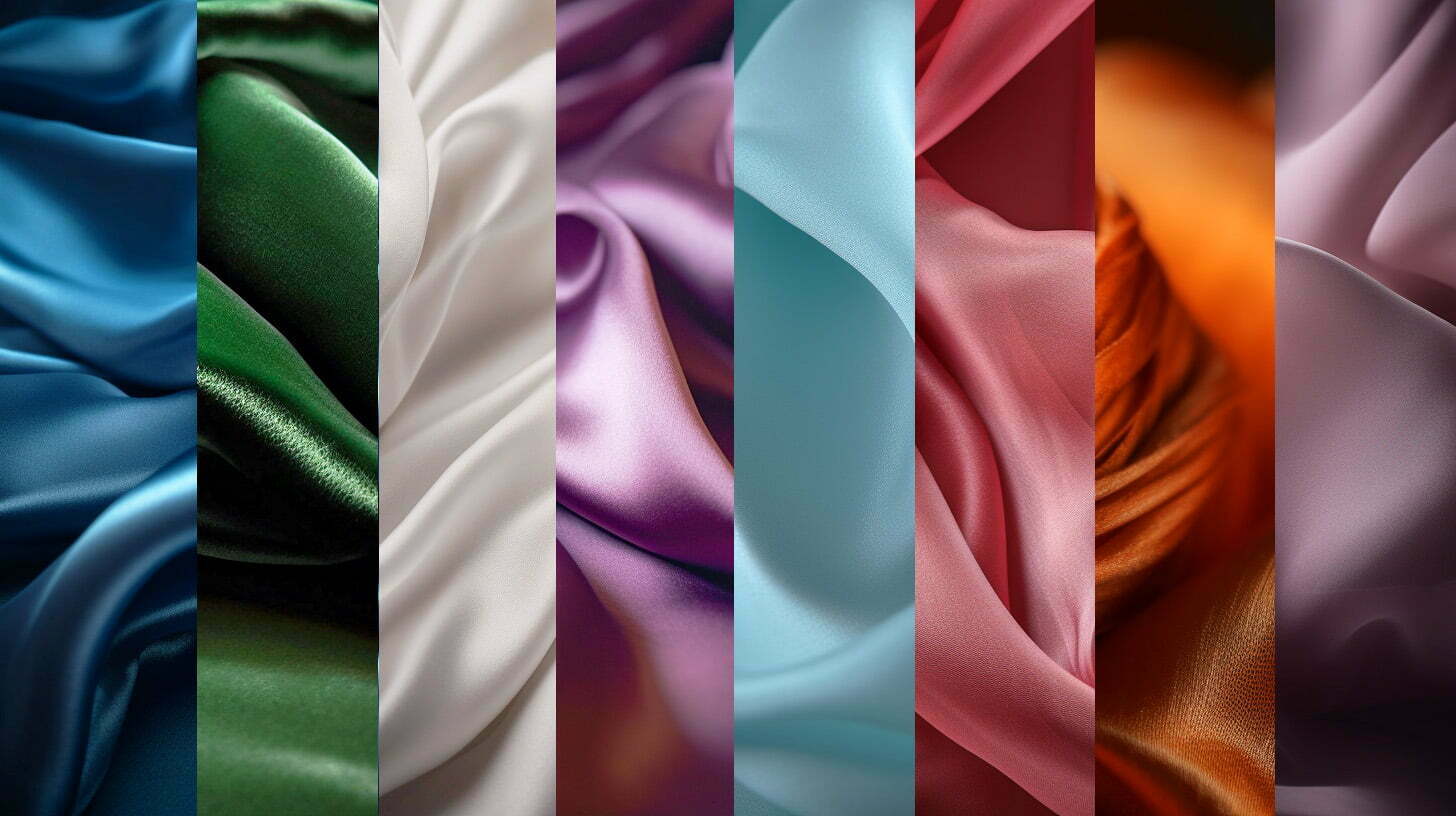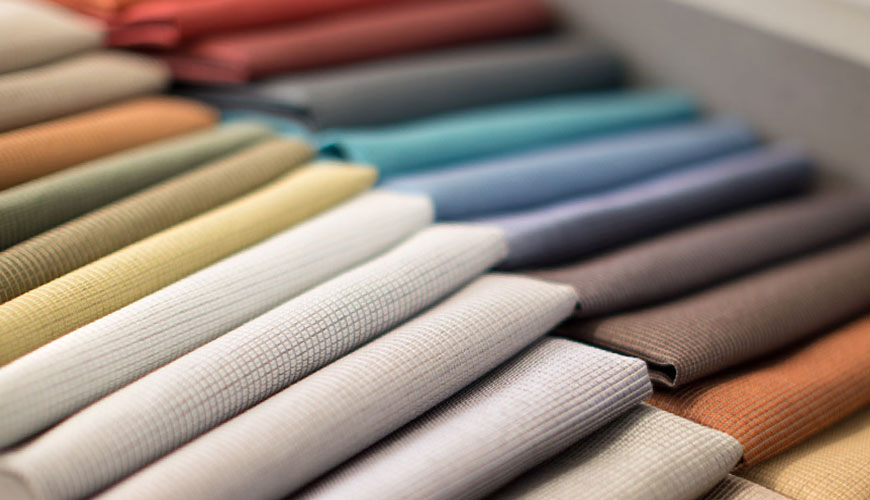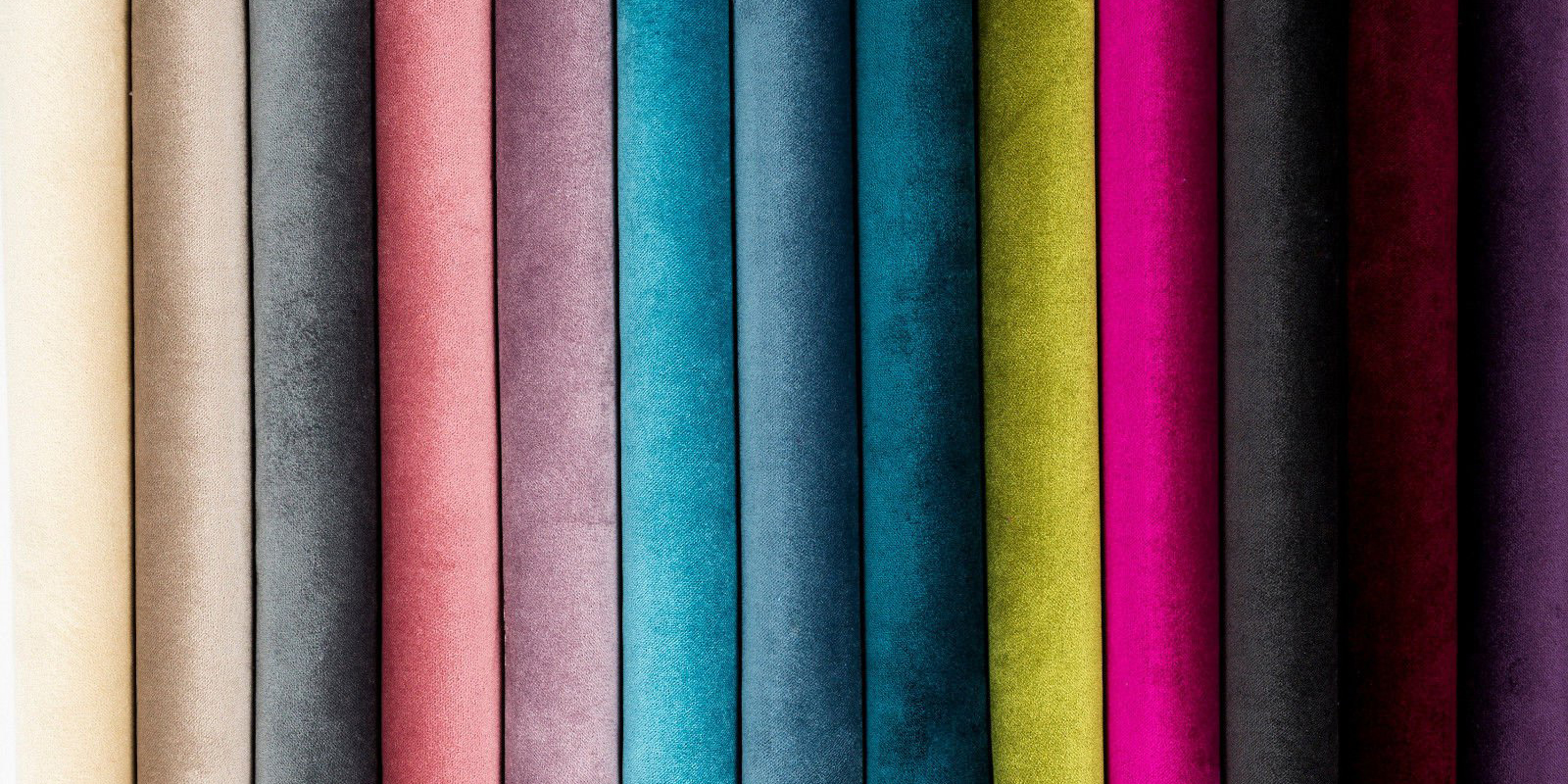Silk fabric is one of the most special and elegant materials in the world of fashion, often symbolizing beauty and sophistication. From luxurious dresses to lightweight scarves, this fabric’s soft texture and transparency have made it a favorite among fashion designers and enthusiasts alike. Silk is not only popular in the fashion industry but is also used in interior decoration, adding a sense of luxury and refinement to any space.
History and Origin of Silk Fabric
Silk has ancient roots, originating from China. According to legend, around 2700 BCE, Empress Leizu discovered the process of making silk when she accidentally found silkworm cocoons. Initially, silk production was a closely guarded secret in China and served as one of the empire’s main sources of wealth through trade. The famous Silk Road, one of the most renowned trade routes in history, was named after this precious fabric, which was exported from China to Europe and other parts of the world, increasing its global popularity.
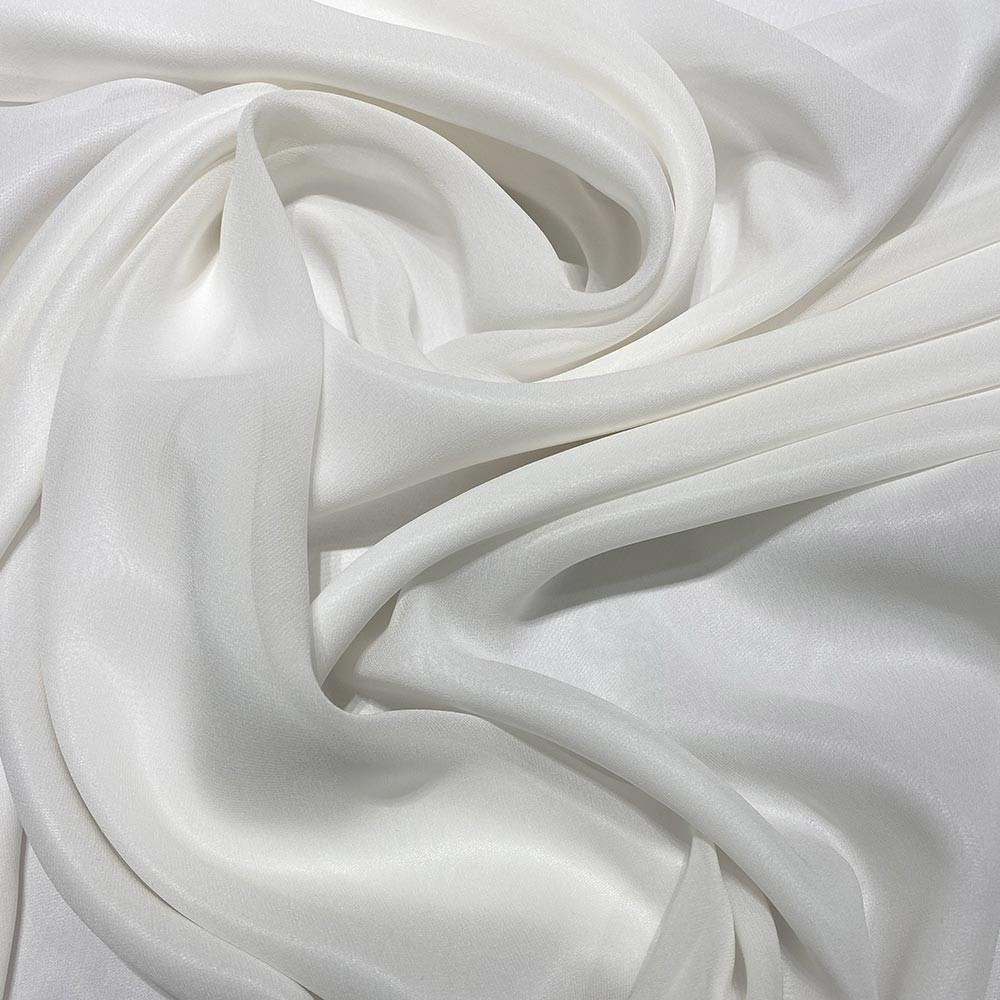
Silk Fabric Production
The production of natural silk is a labor-intensive process. It starts with the collection of silkworm cocoons. The cocoons are boiled to separate the silk threads, which are then spun into yarn. This yarn is woven into silk fabric using specialized techniques. Artificial silk, often made from materials such as polyester or nylon, is easier and cheaper to produce, but it cannot fully replicate the beauty and quality of natural silk.
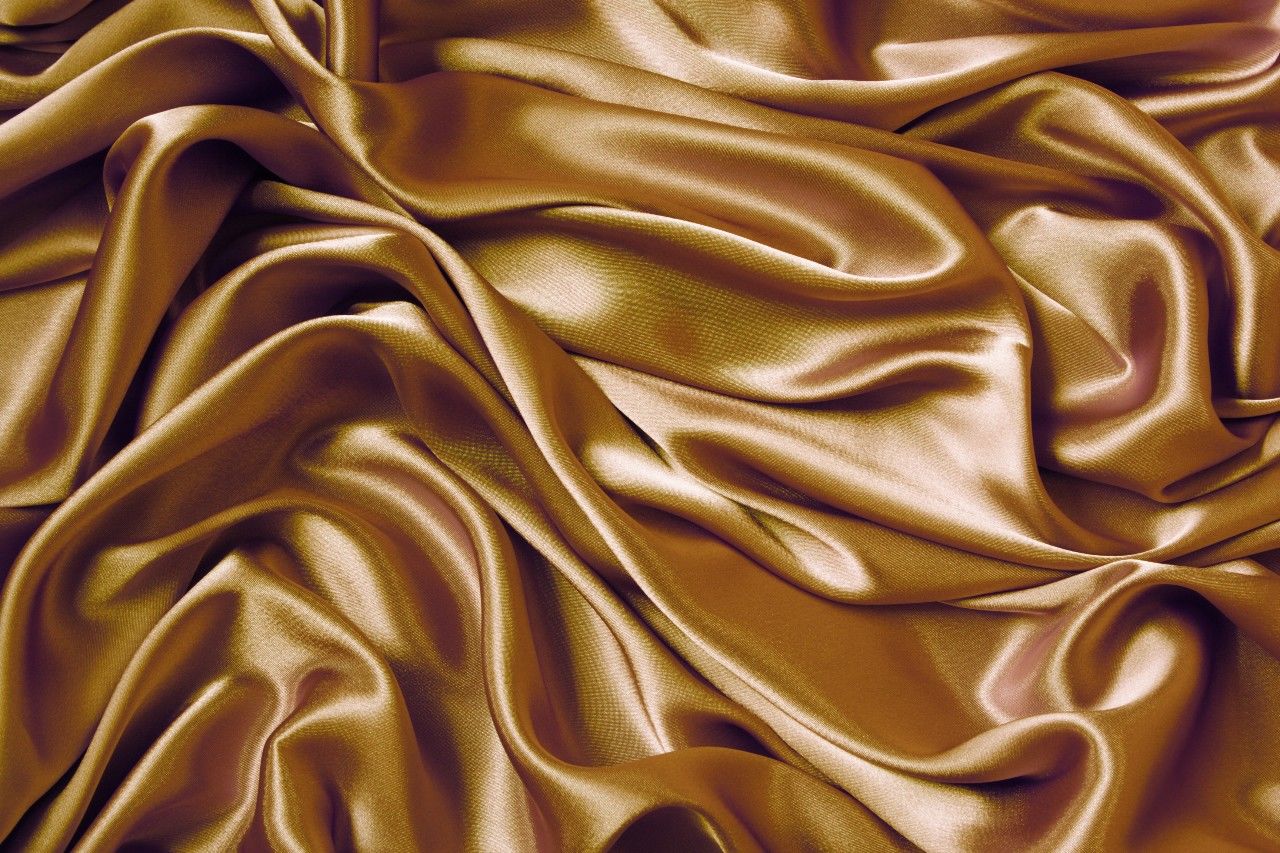
Types of Silk Fabric
Silk fabric comes in a variety of types, each with its own characteristics and uses. Some of the most popular types include:
- Satin Silk: Known for its shiny, glossy surface, satin silk is commonly used for luxurious evening gowns.
- Chiffon Silk: Thin and lightweight, chiffon silk is often used for scarves and delicate shawls.
- Georgette Silk: This silk has a slightly rougher texture and is suitable for casual or everyday clothing.
- Crepe Silk: Crepe silk has a thicker texture and is ideal for autumn and winter clothing.
Features and Benefits of Silk Fabric
Silk is one of the most beloved fabrics in the fashion industry due to its unique properties. Some of the standout features of silk include:
- Softness and Comfort: Silk is incredibly soft, making it a pleasure to wear. The comfort it provides makes it perfect for all kinds of garments.
- Lightweight: Silk is one of the lightest fabrics, making it ideal for designing summer and spring clothes.
- Shine and Luster: The natural shine of silk gives it a luxurious and elegant appearance, perfect for high-end fashion.
- Transparency: Silk’s inherent transparency adds a delicate and romantic touch, making it suitable for layered designs.
Applications of Silk Fabric
Due to its distinctive features, silk is widely used in various fields. Some of the most common applications include:
- Evening and Wedding Dresses: Due to its elegance and beauty, silk is one of the top choices for designing evening gowns and wedding dresses. Silk dresses stand out with their shine and softness, capturing everyone’s attention.
- Scarves and Shawls: Lightweight and soft, silk scarves and shawls are popular choices for women in all seasons.
- Curtains and Interior Decorations: In interior design, silk is used for curtains and luxurious decorations due to its shine and transparency.
- Summer Clothing: Silk’s lightweight and breathable nature makes it ideal for summer clothing, providing a cool and comfortable feeling in hot weather.
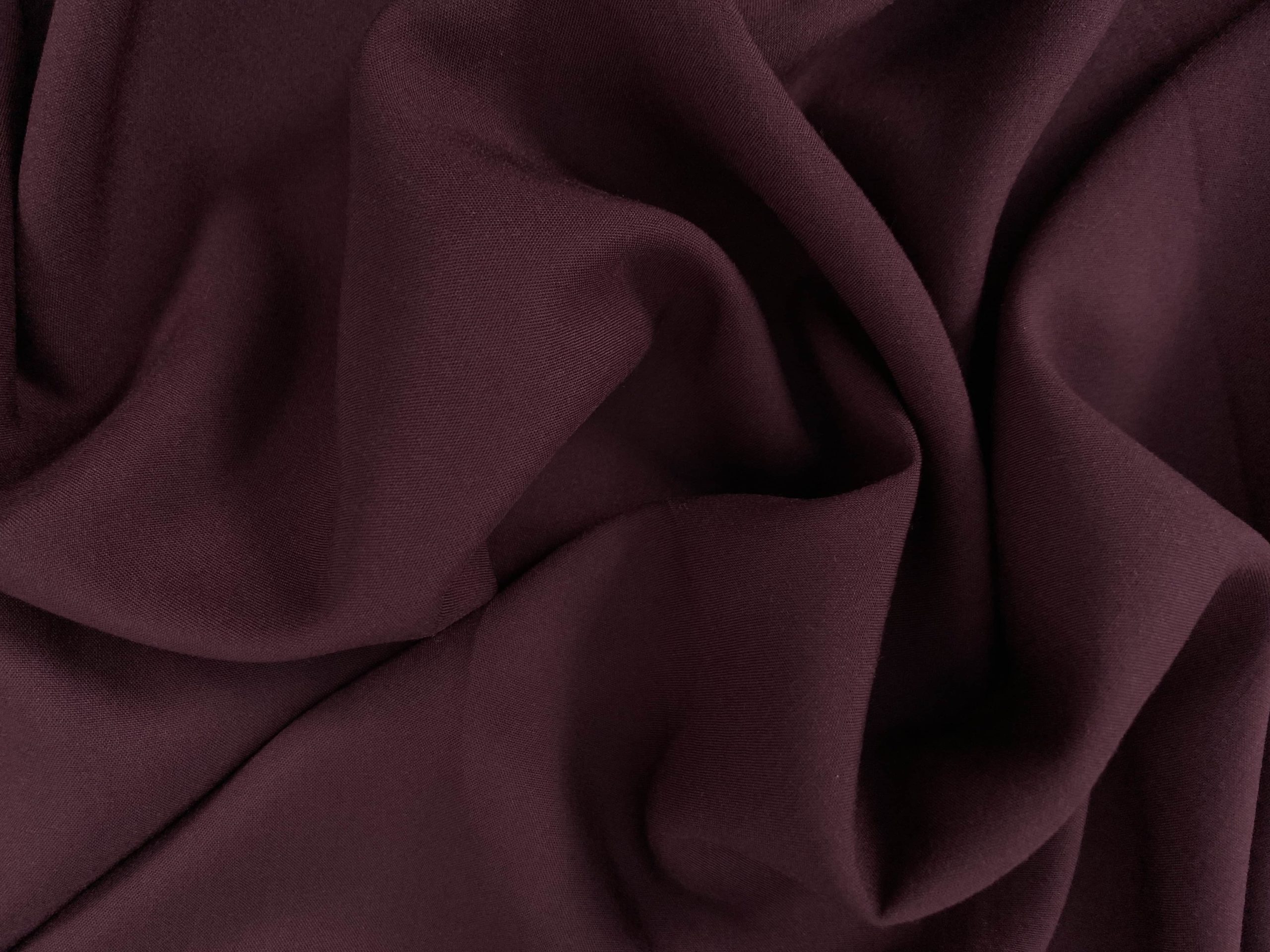
Care and Maintenance of Silk Fabric
To preserve the longevity and quality of silk fabric, special care is required:
- Handwashing: It’s best to wash silk by hand in cold water using mild detergent to prevent damage to the delicate fibers.
- Gentle Ironing: Silk should be ironed on a low setting and from the reverse side to avoid scorching or leaving marks.
- Drying in Shade: Avoid exposing silk to direct sunlight while drying, as this can cause the color to fade. It’s best to dry it flat in the shade.
- Storing in a Dry Place: Silk should be stored in a dry, moisture-free environment to prevent mold and unpleasant odors.
Conclusion
With its softness, transparency, and stunning appearance, silk remains one of the most valuable fabrics in the fashion and design world. It has always been a popular choice for evening dresses, scarves, and interior decorations. By following proper care and usage guidelines, silk can maintain its beauty and quality for a long time. Not only is silk a modern fashion choice, but it has also been a symbol of elegance and luxury throughout history.

